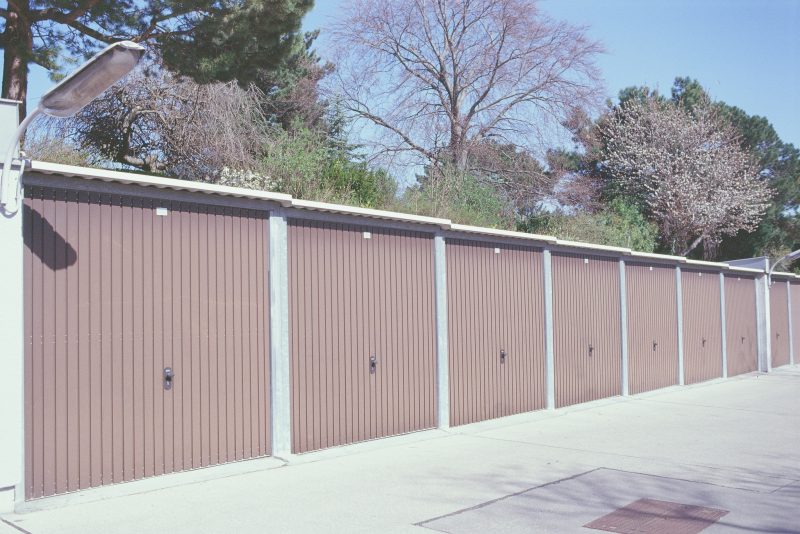Alban-Berg-Weg
1130 Hietzing
€ 10,00
Pages: 16 + cover
Edition: 5 + artists copy (first edition)
Date: 2020
Film: expired film, Kodak Ektachrome SW100
Camera: Nikon F100
3 in stock
Buy a print
Alban-Berg-Weg (Lainz) was named in 1969 after the composer Alban Berg (1885–1935). It is the main route through the Josef Afritsch settlement on the Küniglberg.
Alban Berg was born on February 9, 1885 as the third of four children of the wealthy business and export merchant Conrad Berg and his wife Johanna in Vienna.
As a student, he was equally interested in literature and music. Together with his sister Smaragda, who was one year younger than him, he took piano lessons and began composing songs at the age of 16.
At the age of 17, Alban Berg fell in love with Marie Scheuchl, the kitchen maid who worked in his parents’ household. On December 4, 1902 she gave birth to his illegitimate daughter Albine († 1954), whose fatherhood Alban Berg declared in writing on December 8, 1903.
Berg’s brother Charly presented some of his compositions to Arnold Schönberg in 1904, without having informed his brother, whereupon he agreed to include him in his course and later continued to teach him privately.
At the end of 1906, Berg met Helene Nahowska, who was the same age. She was considered the daughter of the wealthy privateer Franz Nahowski and his wife Anna, but was possibly the daughter of Emperor Franz Joseph I. For years, Mr. Nahowski opposed a marriage between the two, until he reluctantly agreed to the wedding in 1911. .
In 1912 he composed the five orchestral songs based on postcard texts by Peter Altenberg op. 4. Two of these songs, numbers 2 and 3, were premiered by Arnold Schönberg as part of the infamous scandal concert of 1913. These two songs led to that famous tumult, as a result of which the concert had to be broken off.
As early as 1915 he was working on the text version of his first opera Wozzeck, which he completed in 1917, closely following Georg Büchner’s drama Woyzeck. He began to compose in the last two years of the war – mostly during hard-won “vacations” – in the less starving Trahütten. Wozzeck’s composition was completed in 1921, and the self-published piano reduction was published the next year.
In 1924 Alban Berg received the City of Vienna Art Prize.
In May 1925 an International Music Festival took place in Prague, at which the Three Fragments from Wozzeck’s opera were put on the program. At the instigation of Franz Werfels, Alma Mahler’s friend, his sister Hanna Fuchs-Robettin invited Alban Berg to this event. For a whole week Alban lived in contact with Hanna, her two children and her husband. During this time, a love affair developed between Alban and Hanna, which lasted until the world premiere of Wozzeck at the end of the year in Berlin. Alban Berg’s second string quartet, the Lyrische Suite, which was completed the next year, depicts the deep impression this turning point made in his life not only through the music but also in the written word. If everything that was composed was previously composed with the focus on Helene, this has now changed to Hanna Fuchs, symbolized by the tones “H” (German for the tone “B”) and “F”.
In the following years Alban Berg’s Wozzeck achieved great success in Germany, the Soviet Union (1927 St. Petersburg) and in the USA (1931 Philadelphia). He was a sought-after juror and a frequent guest at the premieres of his opera, including in Brussels in 1932, where he entered into a love affair with Anny Askenase, the wife of one of his hosts. In the same year the composer bought a house in Auen in Carinthia, the “Waldhaus”, in which he lived for most of the year.
In 1933 Arnold Schönberg emigrated to America, and Alban Berg’s music was also defamed as “Jewish”. Since many theaters no longer performed his opera Wozzeck, the income fell drastically. He now lived on a monthly resource that the Universal Edition had given him until the completion of his opera Lulu. His health deteriorated, asthma and the susceptibility to boils increased.
Under the title Symphonic Pieces from the Opera Lulu, Berg put together parts of his opera that had already been composed into a suite of five pieces, which premiered in Berlin in November 1934 and was also performed in Vienna in December 1935. A few days after the Vienna performance, the composer was taken to hospital with severe furunculosis and died of sepsis on the night of December 24th to 25th. According to the published memoirs of Soma Morgenstern, Alban Berg’s early death was caused by his wife Helene, who is said to have improperly cut open a boil for her husband out of thrift and thus caused the blood poisoning.
Anna Mahler cast Berg’s death mask.
Josef Afritsch residential complex (13, Elisabethallee 81-95), built in 1963-1965 as a cooperative residential complex with an elongated, uniform facade that extends to the ORF center on Küniglberg, named after Josef Afritsch.



















